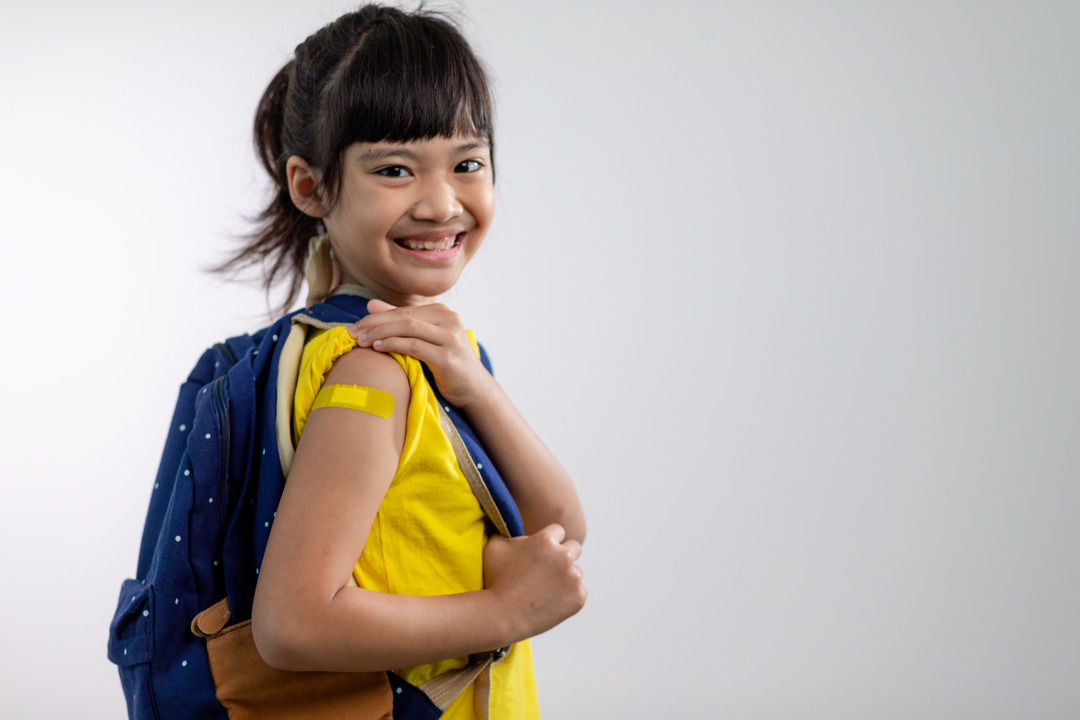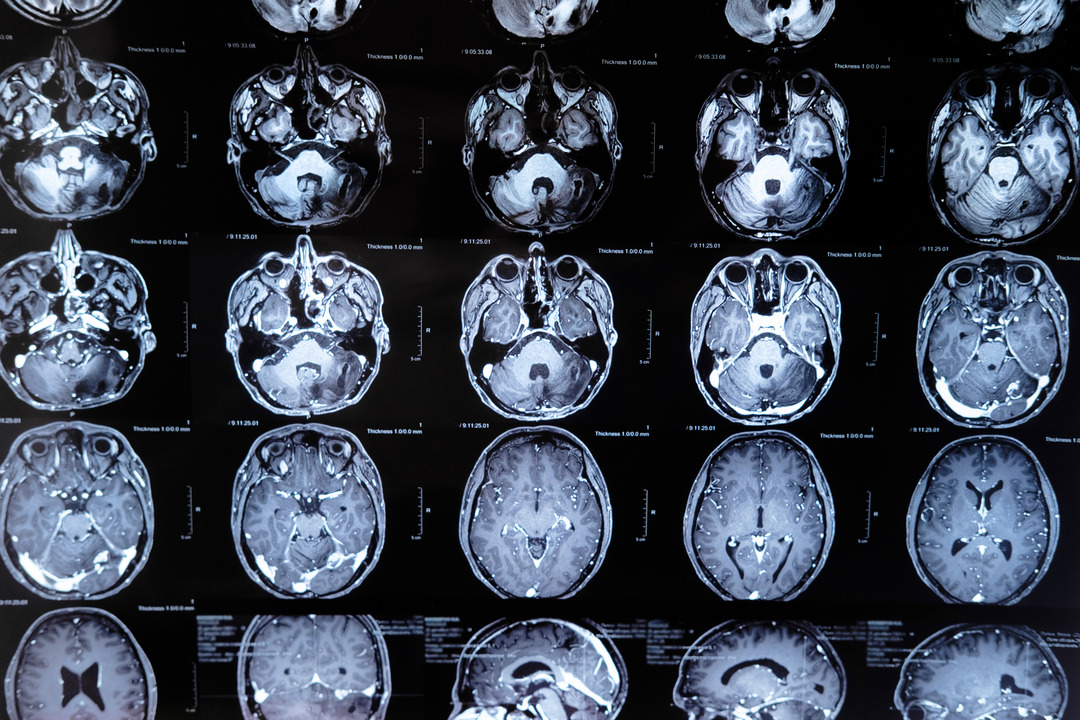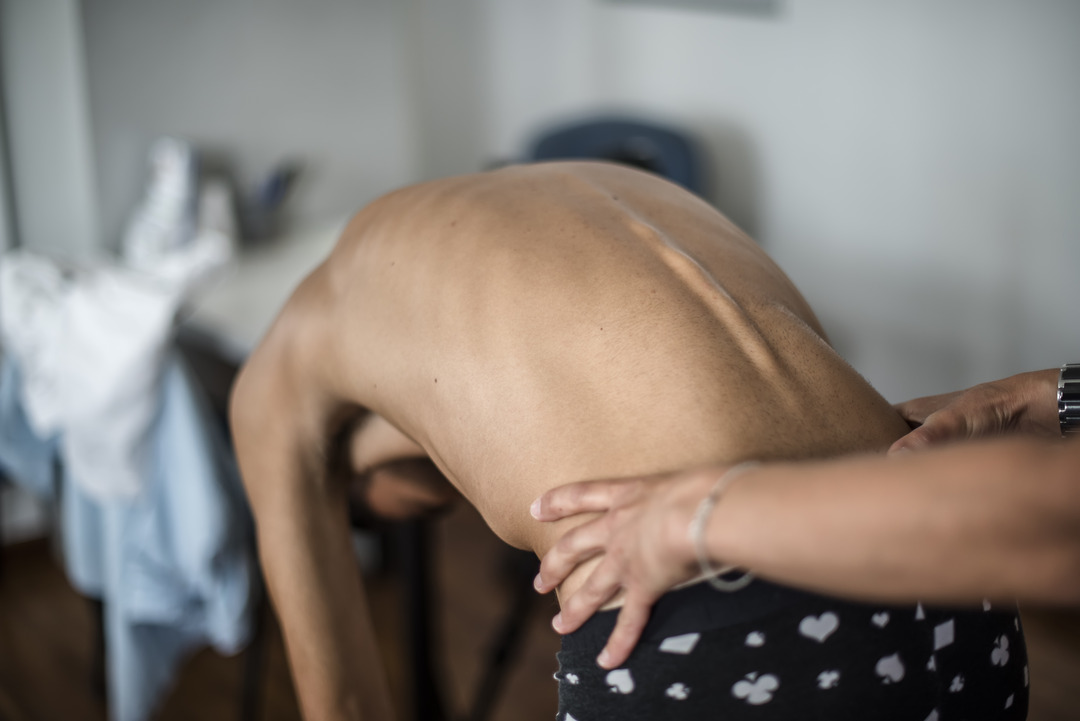CNA – Raise your hand if you’re a parent who insists on your child carrying an evenly loaded backpack to avoid scoliosis. And how often do you find yourself reminding them to “sit up straight!” whenever you notice them slumping?
Here’s the reality: those well-meaning precautions you thought would prevent or minimise a crooked spine might not be as effective as you believe.
According to a 2020 study by Singapore General Hospital (SGH) and the National Neuroscience Institute (NNI), heavy bags and poor posture aren’t to blame for the development of a curved spine or adolescent idiopathic scoliosis (AIS).
Instead, the root cause lies in the brain.
The research was based on 34 participants (16 AIS patients and 18 healthy subjects) and the findings were published in Clinical Radiology in Feb 2024.
In the brain scans of patients with the spinal condition, researchers found that the corticoreticular pathway connected to the left and right sides of the brainstem had asymmetric measurements.
They also found enlargement or swelling of the pons, a part of the brainstem that is linked to the spinal cord. The asymmetry and enlargement were not seen in those without AIS.
AIS refers to an abnormal spinal curvature that appears in late childhood or adolescence – and is one of the various types of scoliosis. Instead of growing straight, the spine develops a side-to-side curvature like an elongated “S”. Other symptoms could include uneven shoulders, hips and waist.
In most cases, the spine curvature is not severe and doesn’t worsen into adulthood. But in about 5 to 10 per cent of patients, AIS is severe enough to cause nerve damage or breathing problems, and warrants complex spine surgery.
The spinal condition is said to affect about 3 per cent of all adolescents in Singapore. SGH’s scoliosis clinic, for instance, sees about 300 cases each year. Females are also about seven times more likely than males to develop AIS.
Age could be another factor. About 1.4 per cent of schoolgirls between 11 and 12 years old have AIS but the percentage rises to 2.2 per cent in those aged between 13 and 14.

WHAT HAS THE BRAIN AND GENDER GOT TO DO WITH SCOLIOSIS?
The findings do elicit some questions, especially for the layperson. For one, what is the corticoreticular pathway? What do the pons in the brainstem do? And why are females more prone to AIS?
“The corticoreticular pathway connects the cortex (the outermost layer of the brain that give it its wrinkly appearance) to the brainstem, and we know that this pathway controls posture and balance,” said Professor Lo Yew Long, the study’s senior author and a senior consultant with the Department of Neurology at NNI@SGH.
Using a highly sensitive technique called the diffusion MRI scan, the researchers were able to pick up an average difference of about two per cent to three per cent between the left and the right corticoreticular pathway in patients with AIS.
“The asymmetry may lead to an imbalance of function between the left and right pathways, which over time, result in increased spinal curvature from a side-to-side imbalance of muscle control,” said Prof Lo.
“The enlarged pons has also been observed in other studies but its significance is unclear. It may be a compensatory mechanism for the above abnormality over time.” According to Prof Lo, the pons are typically around the size of your thumb but in AIS patients, it is around 8 per cent to nine per cent larger.
As for gender increasing one’s susceptibility to AIS, Associate Professor Reuben Soh, the study’s first co-author and a senior consultant from SGH’s Department of Orthopaedic Surgery, has this theory: “We suspect that it may be related to more laxity in the ligaments that help with childbearing. Thus, this also predisposes to scoliosis. However, there is no definitive evidence so far.”
Prof Lo believed that genetics and hormonal factors may be potential causes “but the exact mechanism is unclear”. “It will be an interesting future research topic,” he said.

CAN AIS BE DETECTED AND PREVENTED?
It is widely accepted in the medical world that the cause of AIS has nothing to do with carrying heavy bags on one shoulder, sitting or standing straight, or being short or petite. Neither has it got to do with neck or spinal injury, said Prof Lo.
“The corticoreticular pathway lies in the brain, not the neck or spine. Hence, neck or spine injuries are unlikely to affect them.”
Instead, the cause of AIS may be genetic in nature, continued Prof Lo, and “the asymmetry may already be genetically determined very early in life”. Some AIS cases also have a strong family history, he added.
Assoc Prof Soh highlighted another possibility: “Recent genetic analysis studies have also suggested that mutations in the gene that codes for the ability to sense two points (proprioception) may be implicated in the development of AIS”.
Unfortunately, there aren’t any tests to detect AIS before it begins, said Assoc Prof Soh. “To date, there is no direct way of testing before the onset of puberty.”

WHAT DOES IT MEAN FOR POTENTIAL FUTURE TREATMENTS?
Further research involving a bigger population is needed to determine how the brain affects spinal development. But already, the discovery could spell significant changes to the way AIS is treated.
“For example, neurological interventions may potentially be employed to prevent the worsening of spine curvature. This could include the use of magnetic fields or low electrical currents to stimulate or modulate brain activity,” said Prof Lo.
He explained that when repeatedly applied to the brain, the magnetic fields “have been shown to modify the function of the nervous system”. “While we are not at that stage now, the findings that AIS may fundamentally be a neurological issue points to the potential of applying such treatments in future clinical studies.”
Currently, scoliosis-specific physiotherapy is offered for mild cases to “improve the posture and reduce the rotation of the vertebral body”, said Assoc Prof Soh.
“In moderate cases, a rigid thoracolumbar brace is required to prevent worsening,” he said. “However, this is only applicable for children who are still in the growth phase of their puberty. In severe cases, surgery is performed.” – Khoo Bee Khim





